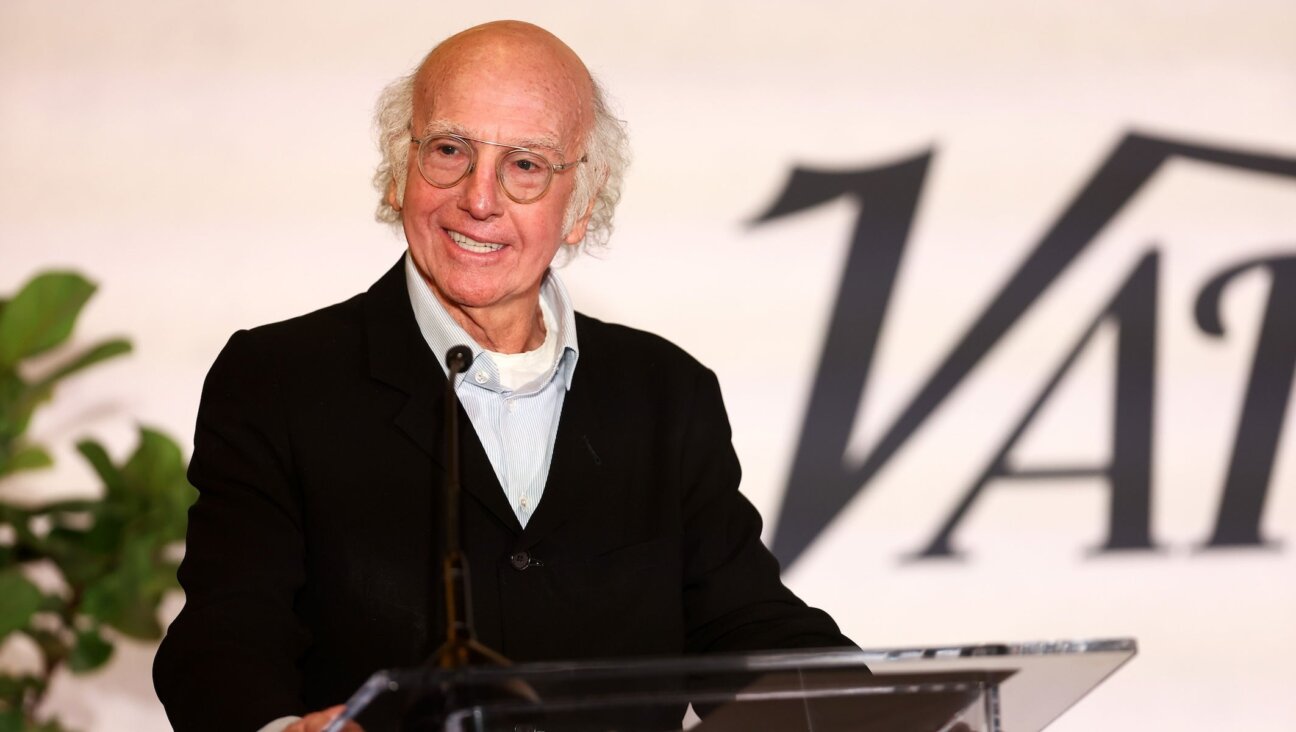Why Were People Allowed To Play Naked Tag In A Nazi Gas Chamber?

Image by Museum of Modern Art in Warsaw
(JTA) — Groups representing Holocaust survivors have asked Poland’s president to explain why artists were allowed to film a naked game of tag inside a gas chamber in the former Nazi death camp of Stutthof.
On Wednesday, the Organization of Holocaust Survivors in Israel, the Simon Wiesenthal Center and several other groups sent the request for clarification to President Andrzej Duda in connection with a video that the Museum of Contemporary Art in Krakow displayed in 2015 without divulging any details on where it was filmed. The letter was sent after research revealed the location was Stutthof, near Gdansk, Poland.
The organizations that co-signed the letter demanded to know whether the artists did “obtain permission from the Stutthof administrators to make this video, what rules exist for proper conduct at the site, how these are enforced” and whether an investigation of the circumstances of the making of the video had been carried out, the Simon Wiesenthal Center wrote in a statement about the letter.
Following protests by Jewish groups and community leaders, the Krakow museum pulled the exhibition but then reinstated it, defending it as falling under freedom of artistic expression.
The installation, called “Game of Tag,” also was displayed at an art museum in Estonia before being pulled following protests.
“It is the most disgusting thing I’ve seen in a long time,” Efraim Zuroff, the Wiesenthal Center’s chief Nazi hunter, said in 2015 about the exhibition. “They lied about it. It is just revolting and a total insult to the victims and anyone with any sense of morality or integrity.”





















